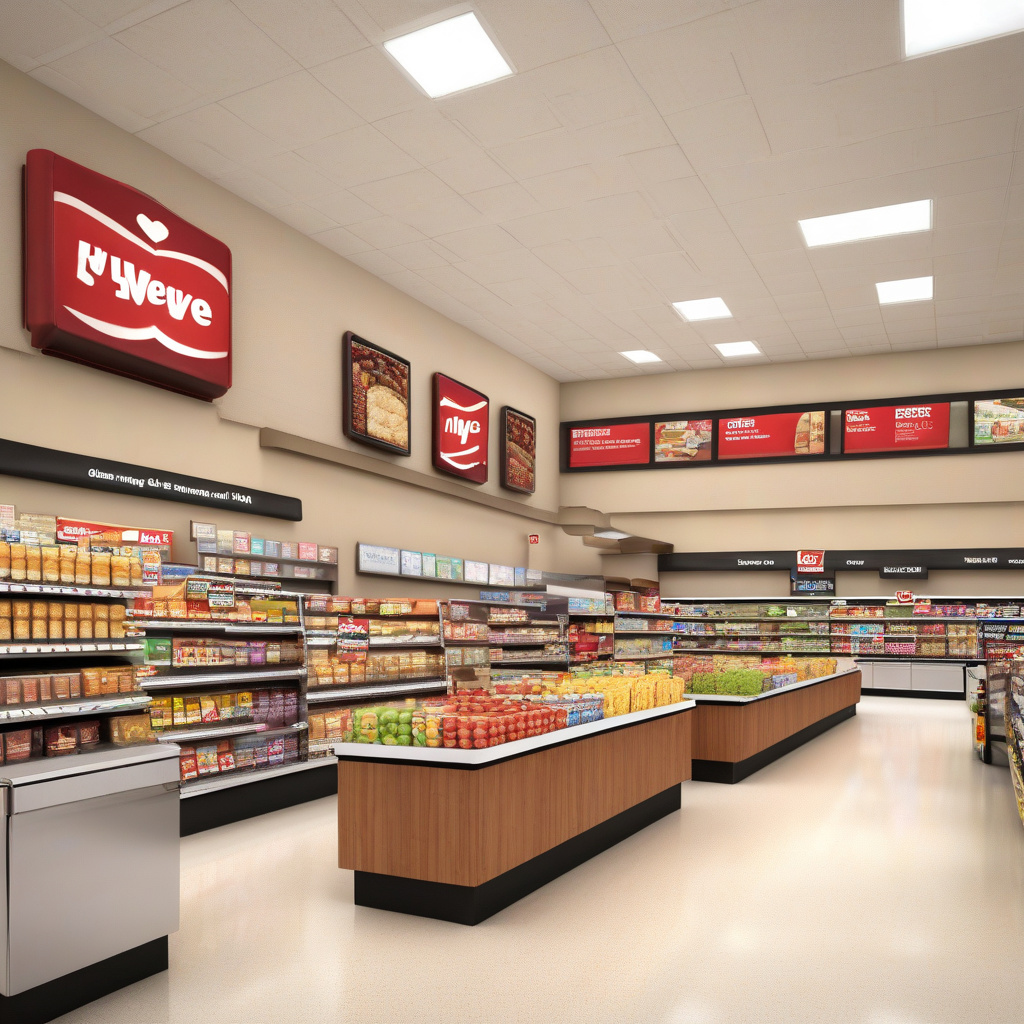Hy-Vee Stores Opt for Human Touch: Removing Self-Checkouts for Express Lanes
In a bold move that goes against the current trend in the retail industry, Hy-Vee stores have decided to eliminate self-checkout machines in favor of staffed express lanes. This decision comes as a surprise to many, especially at a time when automation and self-service options are becoming increasingly popular. So, why would Hy-Vee choose to take a step back from technology and opt for a more traditional approach?
One of the main reasons behind this strategic shift is the emphasis on customer service. By replacing self-checkouts with staffed express lanes, Hy-Vee aims to provide a more personalized and engaging shopping experience for its customers. Having a human cashier not only speeds up the checkout process but also allows for a higher level of customer interaction, including greetings, assistance with bagging, and resolving any issues that may arise during the transaction.
Moreover, the removal of self-checkouts aligns with Hy-Vee’s commitment to customer satisfaction. Studies have shown that a significant percentage of shoppers prefer interacting with a human cashier rather than a machine, as it creates a sense of trust and reliability. By prioritizing human interaction over automation, Hy-Vee is demonstrating its dedication to meeting the evolving needs and preferences of its customer base.
Another key factor in this decision is the potential for increased sales and improved efficiency. Staffed express lanes can help prevent bottlenecks at the checkout area, especially during peak hours, leading to shorter wait times and a smoother overall shopping experience. Additionally, having employees manning the express lanes allows for upselling and cross-selling opportunities, which can ultimately drive higher sales volume for the store.
It’s essential to note that while self-checkouts offer convenience and speed, they may not always deliver the level of service and support that customers expect. Issues such as technical glitches, limited payment options, and lack of assistance can lead to frustration and dissatisfaction among shoppers. By transitioning to staffed express lanes, Hy-Vee is addressing these potential pain points and focusing on delivering a more seamless and enjoyable checkout process.
In conclusion, Hy-Vee’s decision to remove self-checkouts in favor of staffed express lanes underscores the importance of prioritizing human interaction and customer service in the retail environment. By leveraging the power of personalized assistance and efficient checkout processes, Hy-Vee is positioning itself as a customer-centric retailer that values the needs and preferences of its clientele.
As the retail landscape continues to evolve, it will be interesting to see if other stores follow suit and prioritize human touch over automation in their checkout operations.
Hy-Vee, Retail, CustomerService, Automation, CheckoutExperience
